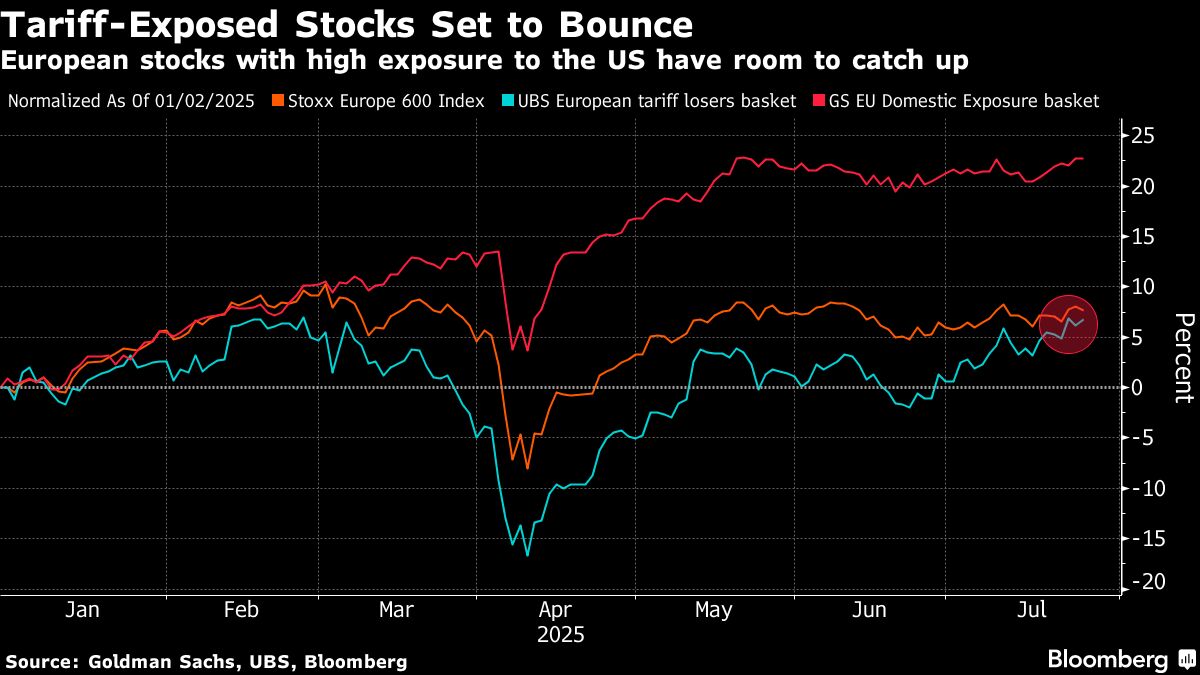Global shares edged lower and the dollar was lower for a ninth straight session on Tuesday, as investors digested a flurry of U.S. economic data and comments from Federal Reserve Chair Jerome Powell to gauge the timing of any interest rate cuts.
Powell, speaking at a central banking conference in Sintra, Portugal, said he could not say if July was too early for a rate cut, but it “is going to depend on the data, and we are going meeting by meeting”.
Market expectations for a July cut inched up to 21.2% from 18.6% in the prior session, according to CME’s FedWatch Tool.
On Wall Street, the Dow advanced but the S&P 500 and Nasdaq retreated from record levels weighed down by a drop of more than 5% in Tesla TSLA after U.S. President Donald Trump threatened to cut off the billions of dollars in subsidies that Elon Musk’s companies receive from the federal government.
The Dow Jones Industrial Average DJI rose 227.77 points, or 0.52%, to 44,322.06, the S&P 500
SPX fell 19.78 points, or 0.32%, to 6,185.17 and the Nasdaq Composite
IXIC fell 181.49 points, or 0.89%, to 20,190.00.
MSCI’s gauge of stocks across the globe EURONEXT:IACWI fell 1.69 points, or 0.18%, to 916.20 while the pan-European STOXX 600 SXXP index fell 0.3% as concerns over the impact of tariffs on global growth were rekindled as a July 9 deadline by Trump draws closer.
On the economic front, U.S. data showed manufacturing remained in contraction territory in June, according to the Institute for Supply Management (ISM).
In the first reading of the week on the labor market, the Job Openings and Labor Turnover Survey, or JOLTS report, showed openings were up 374,000 to 7.769 million by the last day of May, but a decline in hiring indicated the market may have slowed.
“Despite a large jump in job openings in May, the economy continues to be stuck in Powell’s ‘no hire, no fire’ equilibrium,” said Brian Jacobsen, chief economist at Annex Wealth Management in Menomonee Falls, Wisconsin.
“It’s not a stable equilibrium and considering the ISM Manufacturing data, things may tilt towards a weaker job market over the summer.”
Investors will closely watch Thursday’s key government payrolls report, expected a day earlier than usual due to the Independence Day holiday on July 4, to help shape expectations for rate cuts from the Fed.
U.S. Treasury yields reversed course and turned higher after the data, with the yield on benchmark U.S. 10-year notes US10Y up 2.9 basis points to 4.255%.
The 2-year note (US2YT=RR) yield, which typically moves in step with interest rate expectations for the Federal Reserve, rose 4.3 basis points to 3.764%.
Markets were also awaiting a resolution to Trump’s tax-cut and spending legislation, which U.S. Senate Republicans were struggling to pass.
The dollar index DXY, which measures the greenback against a basket of currencies and is coming off its biggest first half drop since 1973, rose 0.09% to 96.85, with the euro
EURUSD down 0.08% at $1.1776. Sterling
GBPUSD weakened 0.17% to $1.3709.
Against the Japanese yen USDJPY, the dollar weakened 0.34% to 143.52. Earlier readings from the Bank of Japan’s tankan index of business sentiment indicated the biggest economies in the region were probably weathering the tariff storm for now, while a separate private sector survey showed the country’s manufacturing sector expanded in June for the first time in 13 months.
U.S. crude CL1! rose 0.48% to $65.42 a barrel and Brent
BRN1! rose to $66.92 per barrel, up 0.27% on the day.


